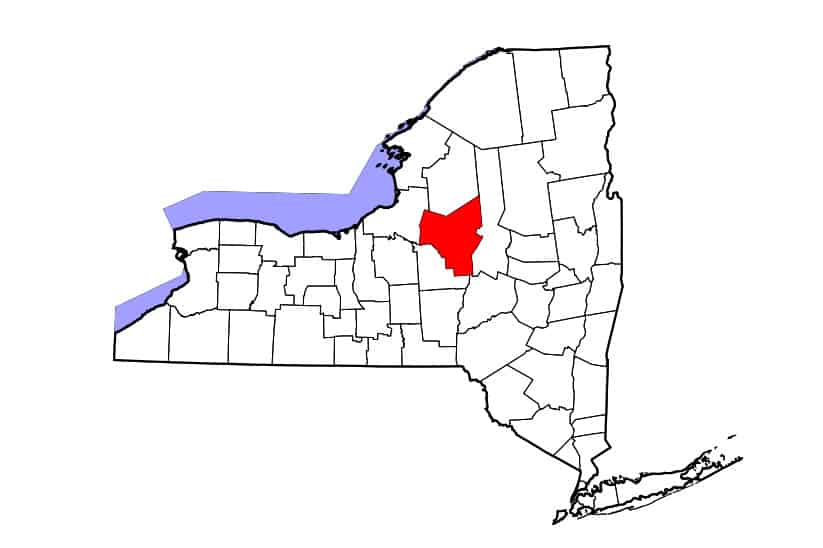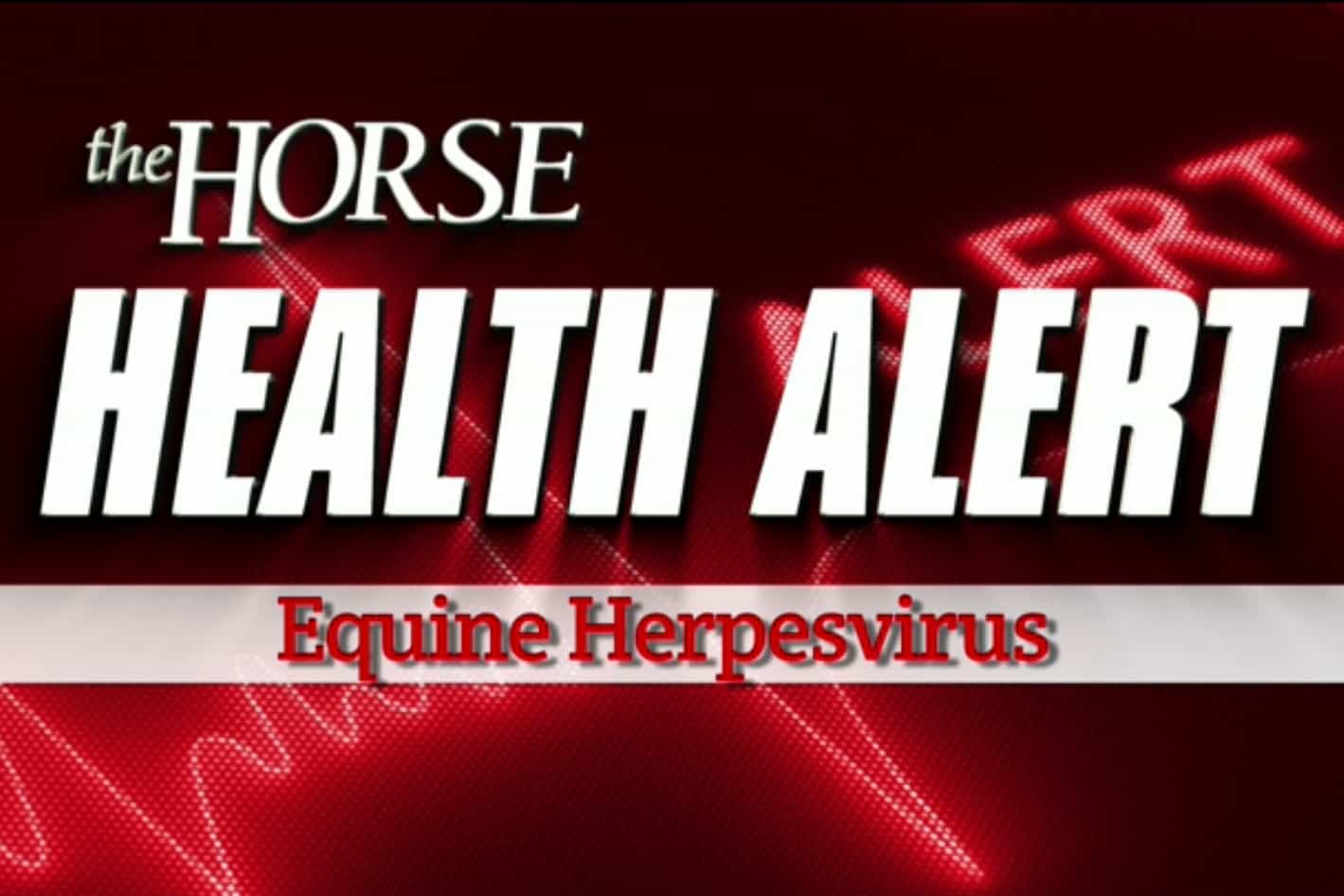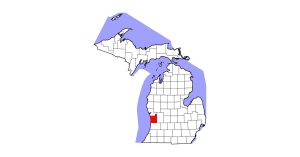
Vernon Downs Horses Test Positive for Neurologic EHV-1

On May 2 Vernon Downs management discovered a horse dead in its stall in Barn 19. On May 3 another horse in Barn 19 began showing neurologic signs and was euthanized. On May 4 a third horse from Barn 19, trained by the same trainer as the first two, developed neurologic signs and was shipped to Cornell University Hospital for Animals, in Ithaca, for testing and treatment. The two deceased horses were sent to Cornell University for necropsies to determine their cause of death, and the university’s Animal Health Diagnostic Center confirmed the second case positive for EHV-1.
Vernon Downs canceled live racing May 6 and 7 and has quarantined Barn 19. No horses are allowed in or out of the stable area, and biosecurity measures remain in place until all affected horses have been free of clinical signs for 21 days. Horses in Barn 19 that are not showing signs of EHV can train after all other horses complete training, but they cannot race until the quarantine is lifted. State officials are monitoring the situation and investigating whether additional horses might have been exposed.
The Equine Disease Communication Center released this information on May 5, 2022.
EHV 101
Herpesvirus is highly contagious among horses and can cause a variety of ailments in equids, including rhinopneumonitis (a respiratory disease usually found in young horses), abortion in broodmares, and EHM.

In many horses, the first or only sign of EHV-1 infection is fever, which can go undetected. In addition to fever, other common signs of EHV-1 infection in young horses include cough, decreased appetite, depression, and a nasal discharge. Pregnant mares typically show no signs of infection before they abort, and abortions usually occur late in gestation (around eight months) but can be earlier. Abortions can occur anywhere from two weeks to several months following infection with EHV-1.
Horses with EHM usually have a fever at the onset of the disease and might show signs of a respiratory infection. A few days later, neurologic signs such as ataxia (incoordination), weakness or paralysis of the fore- and hind limbs, urine retention and dribbling, loss of tail tone, and recumbency (inability to rise) develop.
Herpesvirus is easily spread by nose-to-nose or close contact with an infectious horse; sharing contaminated equipment including bits, buckets, and towels; or clothing, hands, or equipment of people who have recently had contact with an infectious horse. Routine biosecurity measures, including hygiene and basic cleaning and disinfection practices, should be in place at all times to help prevent disease spread.
Current EHV-1 vaccines might reduce viral shedding but are not protective against the neurologic form of the disease. Implementing routine biosecurity practices is the best way to minimize viral spread, and the best method of disease control is disease prevention.
Written by:
Edited Press Release
Related Articles
Stay on top of the most recent Horse Health news with









